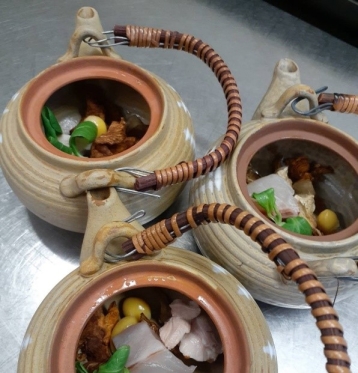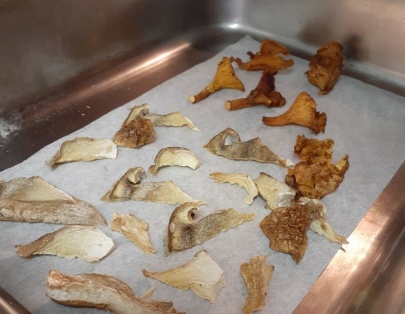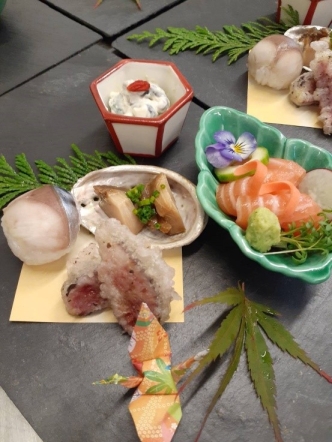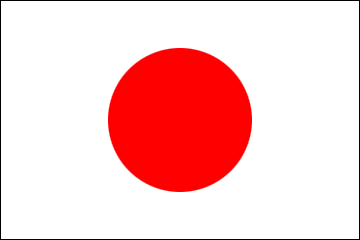Special Feature: Intangible Cultural Heritage — Fusion with the World of Washoku Part 4: Conveying the spirit of Japanese culture and cuisine
2021/11/1
In keeping with the time of year, for this edition it is our pleasure to introduce dobin-mushi, a dish that exemplifies autumn flavors in Japan. Dobin (teapot) mushi (steamed) features seasonal ingredients steamed with a clear broth inside a small earthenware teapot.
In Japan, the prized matsutake mushroom and other local varieties are most typically used in dobin-mushi. As matsutake mushrooms are, however, currently unavailable in Geneva due to the situation with COVID-19, we have used locally sourced mushrooms, such as boletes and chanterelles.

For the broth, we use the traditional ingredients of katsuo-bushi (dried bonito flakes) and kombu (kelp)—which are available in the local Japanese grocery stores—together with a soft mineral water.
We grill the mushrooms on a low heat to dry them, before reducing them to a powder that we add to the broth to bring out the full flavor of the mushrooms.

We season the broth lightly to ensure that the aromas of the mushrooms and other ingredients come through. With an abundance of flavorful mushrooms available locally, it could also be interesting to use black trumpet or morel mushrooms for this dish.
To give non-Japanese guests a taste of Japanese culture, we also like to incorporate typical seasonal vegetables and other ingredients used in Japan, and present the dish together with a small origami crane for decoration.

In this way, with this dish and all the meals we prepare each day, we hope to offer guests some small insights into Japanese culture and cuisine.
NAKATSUKA Tetsuji
